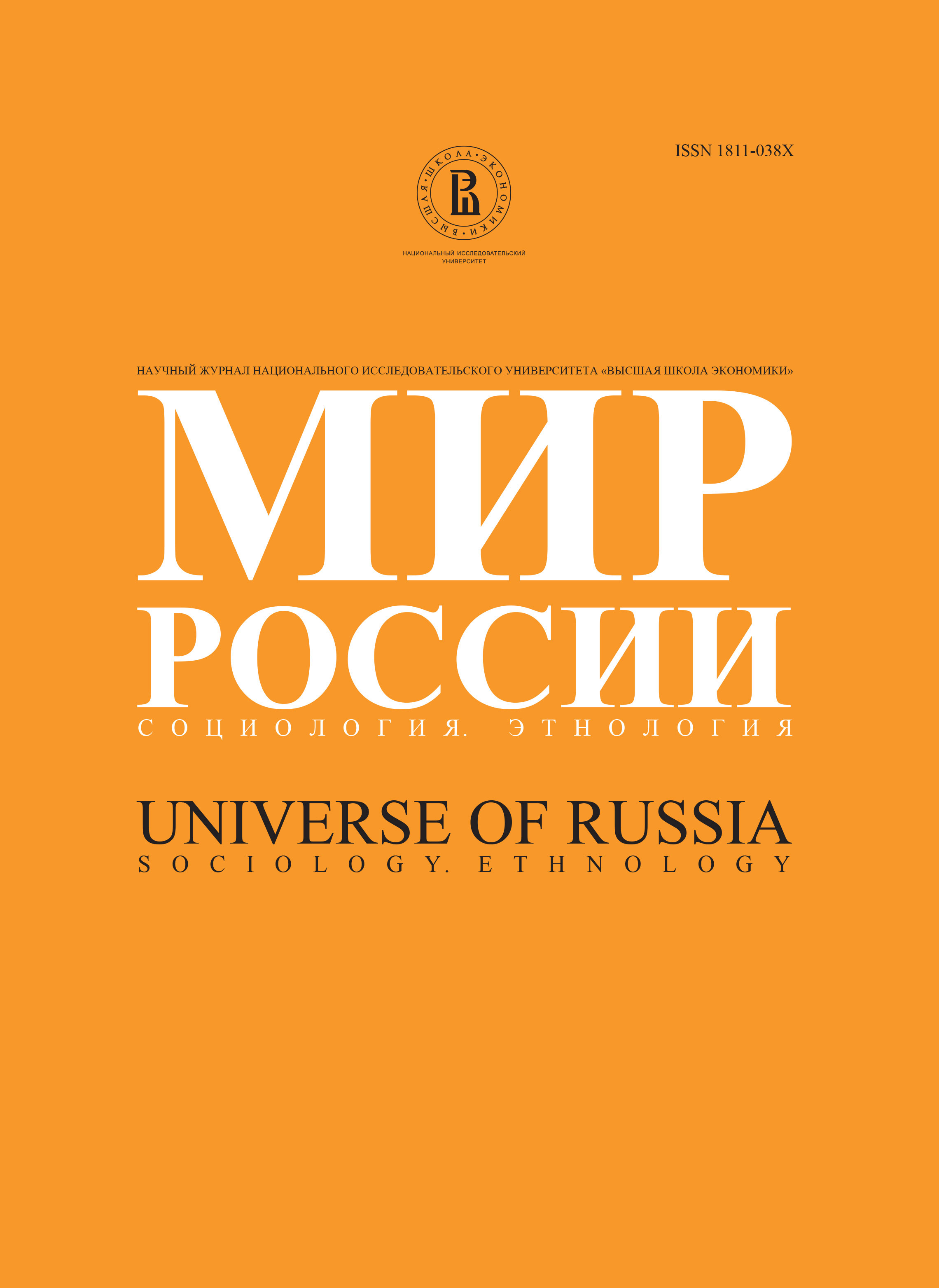Administrative-Territorial Structure and its Resource-Estate Nature
Abstract
The article focuses on the problem of analytical reconstruction of the forms of territory organization in Russian Federation and its relation to the social (estate) structure and resource-oriented economy. The author shows that Russia’s particular territory division (regions, districts and municipalities) is closely connected with the fact that its elements become so well integrated in the course of administrative trade between those who take decisions over resource allocation. The political organization of the resource state, its administrative-territorial division and social estate structure are a one whole, in which autonomous entities (such as regions, groups and parties) can be defined, while the phenomena that constitute the state itself remain to a significant degree unrevealed. The preceding stages of this research are represented by the books ‘Markets of Power’, ‘A Resource State’ and ‘Contemporary Russian Estates’. This article discusses the results from 2007-2008 which correspond to the logics of administrative-territorial organization of Russia. The twelve matrix tables provided here show how in the structure of relations between different levels of territory organization and different levels of territory functions the latent nature of the administrative-territorial organization is modeled. Special attention is drawn to the nominal conditions of administrative trade between the highest executives, who represent particular regions, enterprises, offices and organizations.
Keywords: administrative-territorial structure, social structure in Russia, estate groups, sociology of local government






